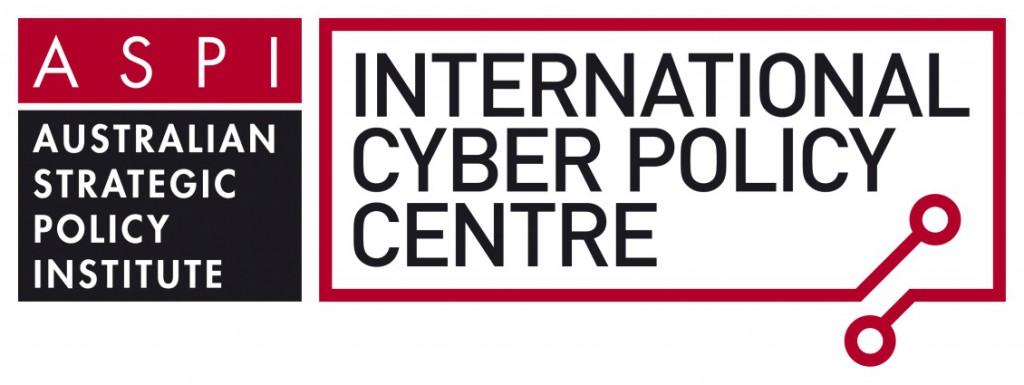Cyber wrap
Posted By Jessica Woodall on October 4, 2013 @ 12:00
 [1]Online security firm Symantec has released a report [2] detailing the activities of an online ‘hackers-for hire’ group it has dubbed ‘Hidden Lynx’. The company claims the group possesses levels of capability and sophistication not seen in other well-known groups such as APT1 [3]. Hidden Lynx is said to essentially operate as an online hacking consultancy. It has been tied to high-level attacks against Google, Adobe, Lockheed Martin and others. The organisation, linked to a base in China, has a history of stealing information that would be beneficial to both government and corporate entities. Interestingly, the report reveals that Australia was one of the top 10 regions targeted by the group.
[1]Online security firm Symantec has released a report [2] detailing the activities of an online ‘hackers-for hire’ group it has dubbed ‘Hidden Lynx’. The company claims the group possesses levels of capability and sophistication not seen in other well-known groups such as APT1 [3]. Hidden Lynx is said to essentially operate as an online hacking consultancy. It has been tied to high-level attacks against Google, Adobe, Lockheed Martin and others. The organisation, linked to a base in China, has a history of stealing information that would be beneficial to both government and corporate entities. Interestingly, the report reveals that Australia was one of the top 10 regions targeted by the group.
Telstra has become the first Australian ISP to step up and introduce [4] ‘malware protection technology’ on its internet subscription services to private residences and small businesses. The technology is designed to prevent the spread of botnet malware by preventing personal computers from accessing pre-identified malicious servers. These steps can’t come soon enough, if a report [5] last week by cybersecurity company Trend Micro is anyhting to go by. The report revealed that 32% of targeted cyberattacks in the second quarter of 2013 made use of a compromised computer in Australia. These computers were used, unbeknown to their owners, in cyberattacks after they’d been co-opted by hackers using malware or trojan horses.
Japan and the United States are set to establish [6] a new ‘cyberdefense council’ at the two-plus-two foreign and defence ministers meeting to be held in Tokyo over the coming weeks. The group, which will be exclusively comprised of Defence officials, is designed to facilitate the sharing of threat data and best practice for attack responses. It will also seek to facilitate link ups with the private sector, improve defensive technical capabilities and provide specialised training.
Argentina and Brazil have forged a cyber alliance [7] of their own. The foreign ministers of the two South American countries met this week agreeing to ‘advance the development of cyber tools to protect communications and strategic information storage’. The comments came after it was revealed that the US National Security Agency had conducted extensive electronic espionage activities in the region. Included on the list of targets was the personal email account of the Brazilian President Dilma Rousseff. Examining this case and other similar incidents, the Deputy Director of the Institute of World Political Science (under the China Institutes of Contemporary International Relations) has written a provocative piece [8] on the wider strategic impact of the Snowden leaks.
Data visualisation website Information is Beautiful, has created an excellent interactive info graphic [9] that details the world’s biggest data breaches. The page charts incidents of data loss (of greater than 30,000 records) reaching back to 2004.
Jessica Woodall is a cyber analyst at ASPI.
Article printed from The Strategist: https://aspistrategist.ru
URL to article: /cyber-wrap-5/
URLs in this post:
[1] Image: https://aspistrategist.ru/wp-content/uploads/2013/07/cyber-logo.jpg
[2] report: http://www.symantec.com/content/en/us/enterprise/media/security_response/whitepapers/hidden_lynx.pdf
[3] APT1: http://en.wikipedia.org/wiki/APT1
[4] introduce: http://www.sbs.com.au/news/article/2013/09/17/telstra-beefs-anti-malware-technology
[5] report: http://www.theage.com.au/it-pro/security-it/australia-main-conduit-for-cyber-attacks-20130920-hv1sz.html
[6] establish: http://the-japan-news.com/news/article/0000665253
[7] alliance: http://www.globalpost.com/dispatch/news/afp/130919/argentina-brazil-joint-plan-against-us-spying
[8] provocative piece: http://www.cicir.ac.cn/english/newsView.aspx?nid=5196
[9] info graphic: http://www.informationisbeautiful.net/visualizations/worlds-biggest-data-breaches-hacks/
Click here to print.